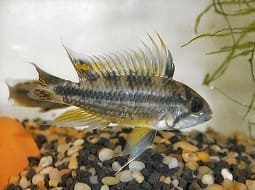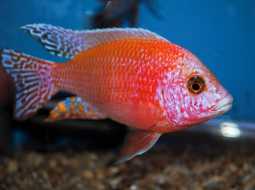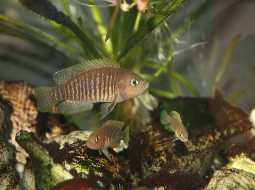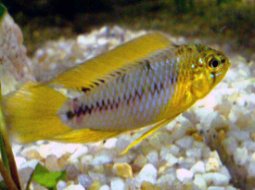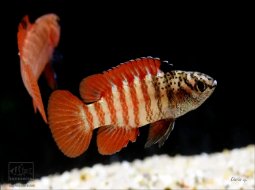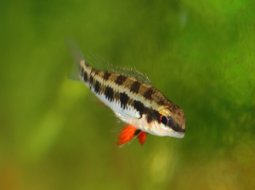
Loading Aqualapp ...
Care and Compatibility of Molly fish - Poecilia sphenops
Introduction
Poecilia sphenops, commonly known as Molly, is a freshwater tropical fish native to Central and South America. These fish are valued for their vibrant colors and peaceful behavior, making them a popular addition to community aquariums. Mollies are known for their resilience and ease of care, making them suitable for both beginners and experienced fishkeepers.
Behavior
Mollies are sociable and peaceful fish that generally get along well with other fish species of similar size. They are active swimmers and enjoy exploring their environment, so it is recommended to provide them with a spacious aquarium with plants and hiding spots for them to feel comfortable. Mollies are known for their curiosity and enjoy interacting with their surroundings and other fish.
Sexual Dimorphism
Sexual dimorphism in Poecilia sphenops is evident. Males are typically smaller and slimmer than females. Additionally, males have a gonopodium, a modified organ for sperm transfer, while females have a more rounded anal fin and may be larger in size.
Reproduction
Breeding Mollies is relatively straightforward in the aquarium setting. They are livebearers, meaning they give birth to live fry instead of laying eggs. Mollies are prolific breeders and can reproduce rapidly under suitable conditions. If you wish to breed Mollies, it is important to provide ample hiding places for the fry and separate the parents once the fry are born to prevent them from being eaten.
Aquarium Conditions
Poecilia sphenops, commonly known as molly, is a hardy and versatile fish that thrives in a variety of aquarium conditions. They prefer well-planted aquariums with open areas for swimming. They are tolerant of water quality, but benefit from regular maintenance and partial water changes.
Feeding
Mollies are omnivorous and accept a wide variety of foods. In their natural habitat, they feed on algae, small invertebrates, and organic matter. In the aquarium, you can feed them commercial flake or pellet foods, as well as live or frozen foods such as brine shrimp, daphnia, and mosquito larvae. It is important to provide them with a balanced diet to maintain their health and vitality.
Complexity
Caring for Poecilia sphenops is relatively easy. They are robust fish that can adapt to various water conditions and feed on a variety of foods, including live, frozen, and dry foods. However, they can be prone to diseases if not kept in a clean and stable environment.
In case you need more help, or if you want to know into any topic related to the Poecilia sphenops (Molly fish) and even any other species you can use the forums to ask what you need.
To do an analysis more detailed about coexistence and behavior of Poecilia sphenops (Molly fish) use the Aquarium simulation tool, if you do this you can test different ways to combine the Molly fish with other fishes giving the dimensions and space on you aquarium, on this way you can known the optimal configuration for keep the fishes that you want.
You can also find out the 104 species compatible with the Poecilia sphenops (Molly fish) can live together.
Note: The parameters of the water such as PH and temperature are also used to calculate the compatibility of the species.
Compatible species (104)
Compatible (77 Species)
Compatible without any restriction
Similar Sizes (12 Species)
Pueden convivir si son de tamaños similares, pero evidentemente el pez koi ira creciendo y llegara el momento en que podría caber por la boca del pez koi y comérselo.
They can coexist if they are the same size or very similar sizes, it does not work in all cases, there may be exceptions.
With Reservation (6 Species)
It can eat small fish that will fit in its mouth at night if they are sleeping on the bottom.
Si el Molly es más grande que el globo y se conocen desde pequeños podrían convivir, alguna que otra vez el pez globo le intentará morder una aleta pero sin ningún problema mayor.
Compatible in some cases, it depends on the nature and personality of the fish.
Considerable size difference (1 Species)
They can coexist while they are similar in size or the size difference is not very abysmal, since as the fish grows it increases the chances of eating its partner that did not grow much.
Food competition (2 Species)
They can live together but you have to be careful since it is likely that the fastest fish will take all the food and leave nothing for their partners who are slow swimmers, so you have to make sure that everyone can eat.
Compatible if space is enough (6 Species)
They can coexist together if the aquarium they share is large and spacious enough for both species to feel good, as some fish may attack others to feel that they have little space and try to eliminate the competition.
Molly fish
Poecilia sphenops
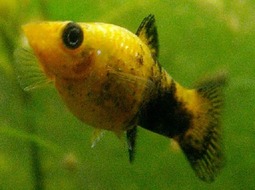
- Ph: 7 - 8.5
- Temperature (c°): 22 - 28
- Measures: 8 cm - 10cm
- Aquarium Capacity:
15 Liters - 4 Gallons - Alimentación: Omnivores
- Colores: Blue, Orange, Red, Yellow
- Comportamiento: Active, Peaceful, Shoal
- Habitad: American
- Preferencias del Acuario: Natural plants, Rocks, Sand
- Tamaño: Small
- Taxonomía: Fish
- Tipo de Agua: Sweet water, Tropical waters
- Velocidad de nado o movimiento: Normal
- Zona de Nado: Swim in the middle of the aquarium

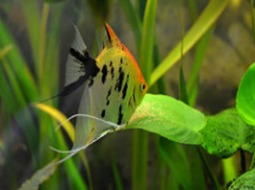
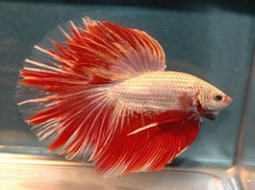
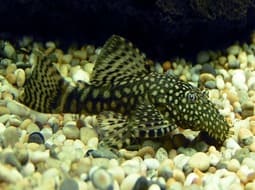
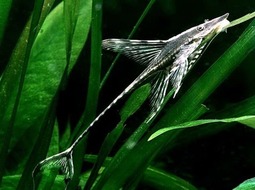
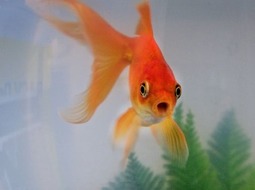
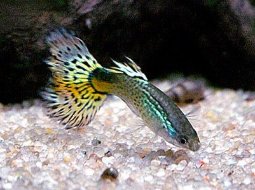
.jpg)
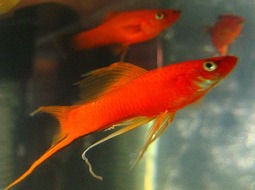
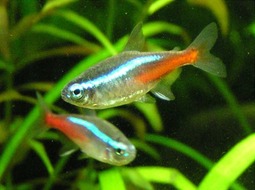
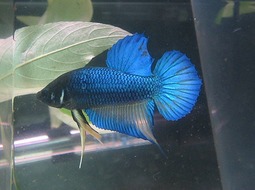
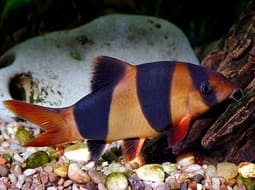
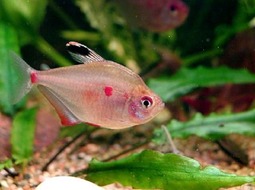
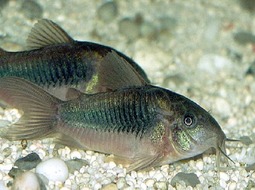
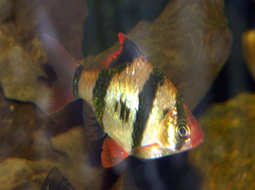
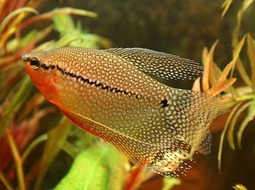
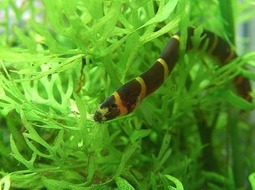
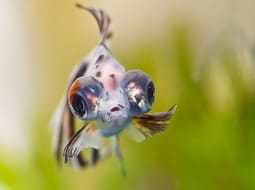
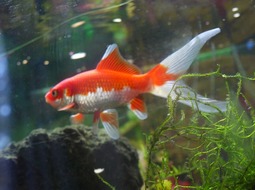
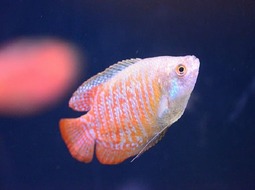
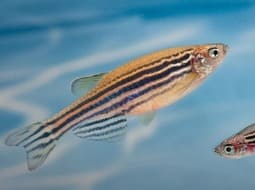
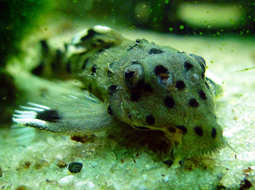
.jpg)
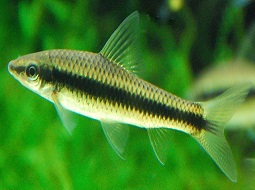
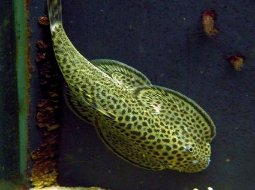
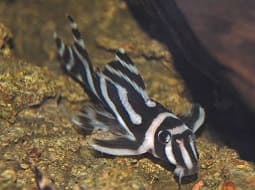
.jpg)
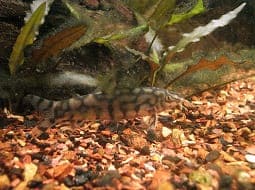
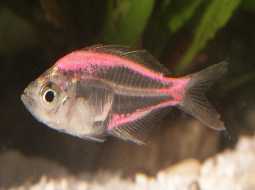
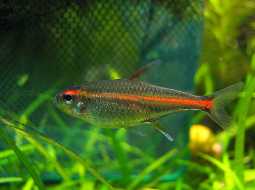
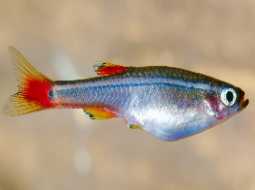
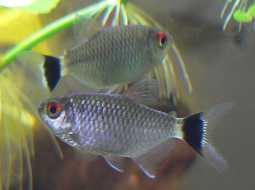
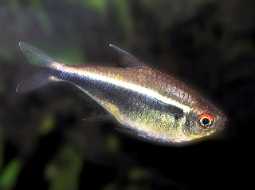
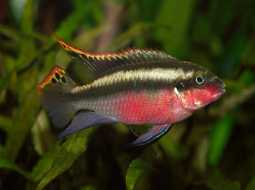
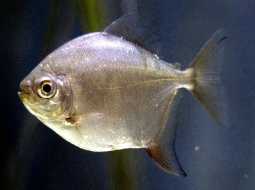
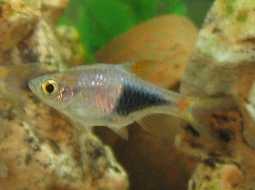
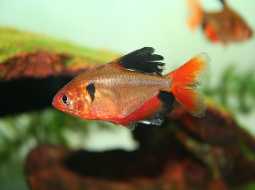
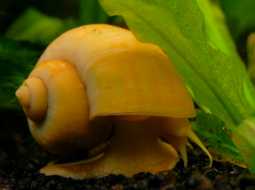
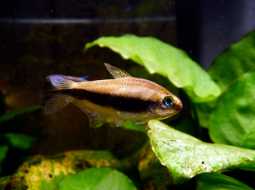

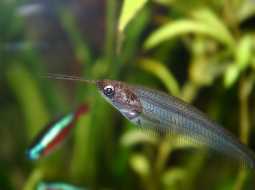
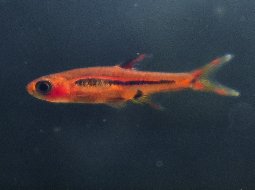
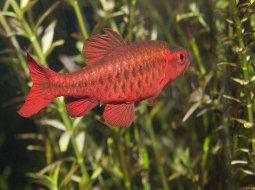
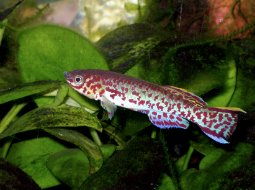
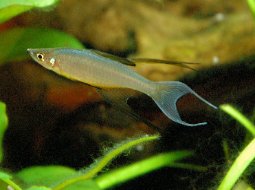
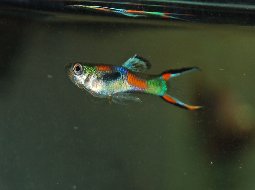
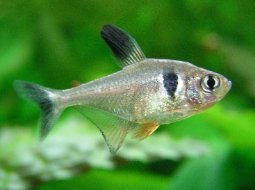
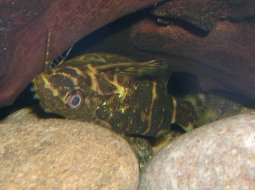
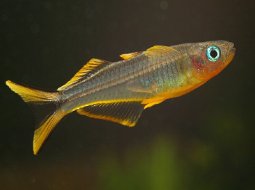
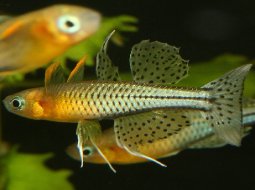
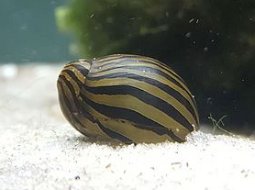
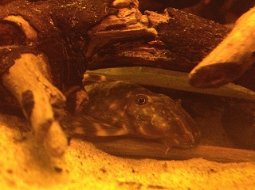
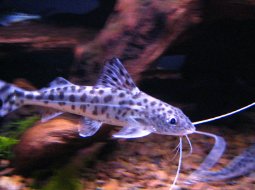
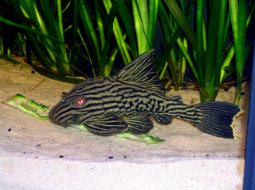
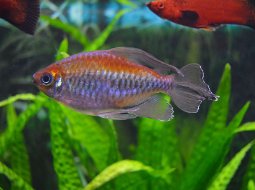
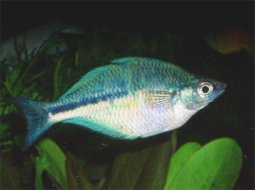
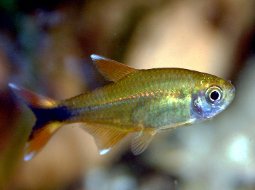
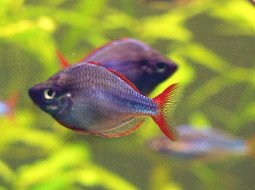
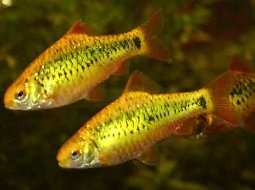
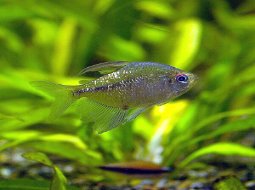
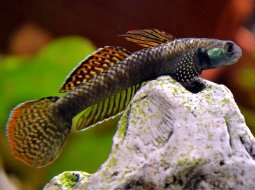
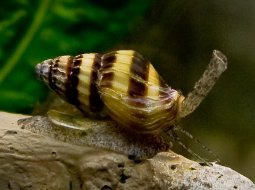
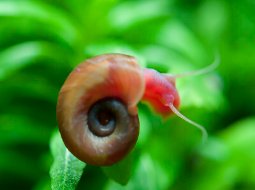
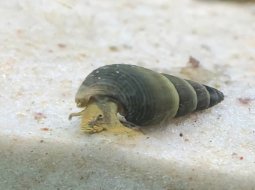
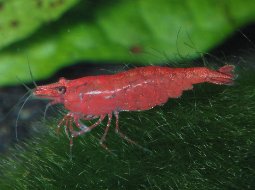
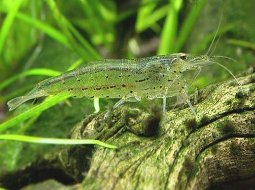
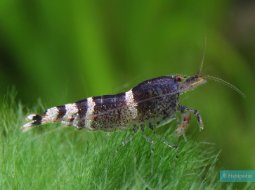
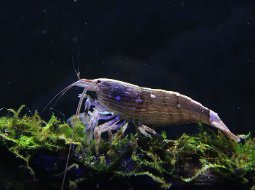
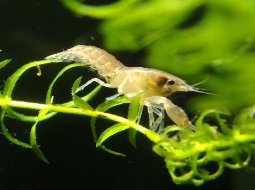
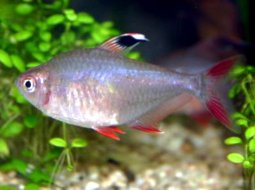
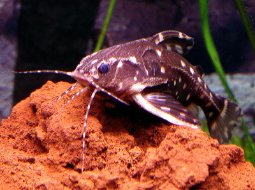
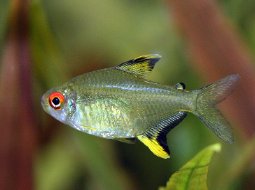
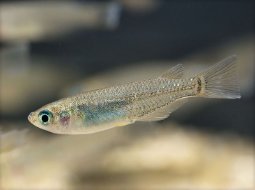
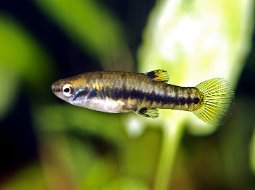
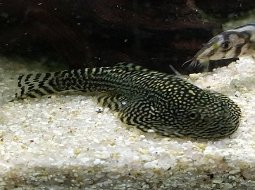
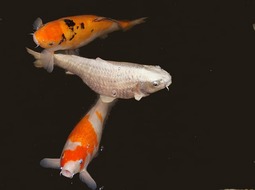
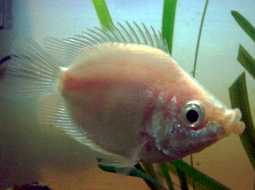
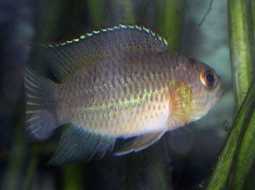
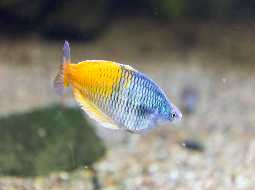
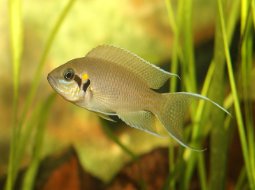
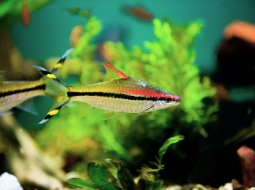
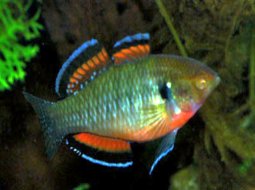
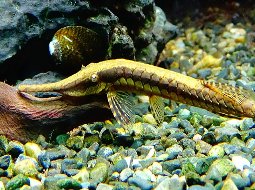
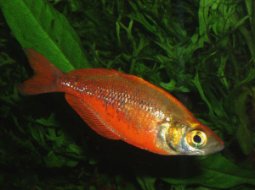
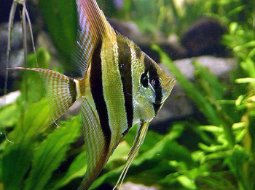
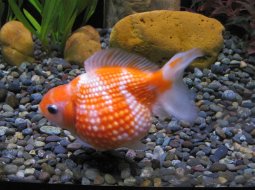
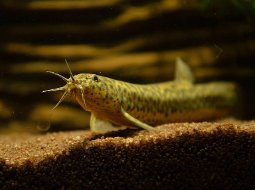
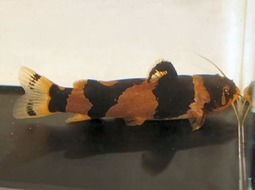
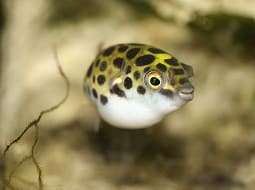
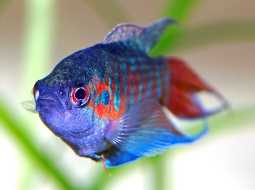
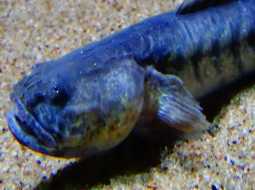
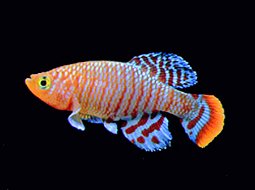
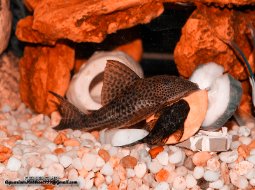
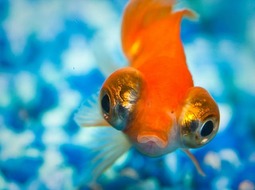
.jpg)
